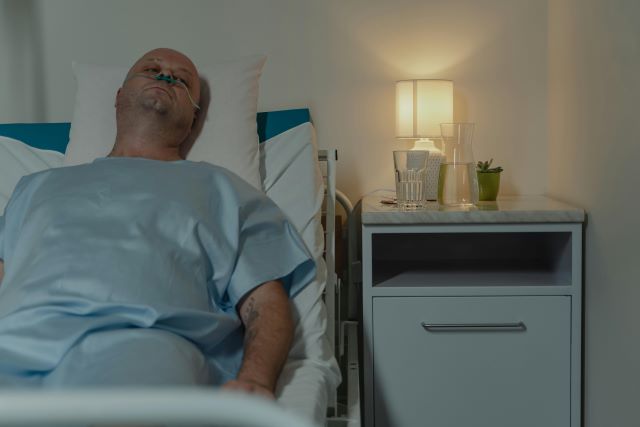Breast cancer is a condition that primarily affects women, but it’s essential to recognize that men can also develop breast cancer. While relatively rare, male breast cancer is a reality that requires attention, awareness, and understanding. In this article, we’ll delve into the intricacies of men’s breast cancer, exploring its causes, symptoms, diagnosis, treatment, and the importance of awareness.
Understanding Male Breast Cancer
Breast cancer occurs when abnormal cells in the breast tissue multiply and grow out of control. In women, breast cancer is predominantly driven by hormonal factors, particularly estrogen and progesterone. However, breast tissue exists in men as well, albeit in smaller amounts, making them susceptible to breast cancer.
Breast cancer in men typically forms in the ducts, the milk-producing glands (lobules), or rarely, in the connective tissue of the breast. Like breast cancer in women, breast cancer in males can be invasive (spreading beyond the original site) or non-invasive (confined to the ducts or lobules). Understanding the factors that contribute to breast cancer is crucial for early detection and effective treatment.
Causes and Risk Factors
While the exact cause of men’s breast cancer remains unclear, several factors may increase a man’s risk of developing the disease:
1. Age
Breast cancer is more common in older men, with the risk increasing with age.
2. Family History
A family history of breast cancer or inherited genetic mutations, such as BRCA1 and BRCA2, can significantly increase the risk.
3. Hormonal Factors
Hormonal imbalances, such as increased estrogen levels or testosterone deficiency, may contribute to the development of breast cancer for men.
4. Previous Breast Conditions
Conditions such as gynecomastia (enlarged breast tissue), previous radiation exposure to the chest area, or certain estrogen-related drugs may increase the risk.
5. Obesity
Being overweight or obese is associated with an increased risk of breast cancer for males of all ages.
Signs and Symptoms
Recognizing the signs and symptoms of breast cancer is crucial for early detection and timely intervention. While the symptoms may vary from person to person, common signs include:
1. Lump or Thickening
The most common symptom is a painless lump or thickening in the breast tissue, often located beneath the nipple or areola.
2. Changes in Breast Size or Shape
Cancer of the breast can cause changes in the male breast size or shape, such as asymmetry between the breasts or noticeable swelling in one breast.
3. Nipple Changes
Look out for changes in the nipple, including retraction (pulling inward), inversion (turning inward), or discharge, which may be bloody or clear.
4. Skin Changes
Breast cancer may cause changes in the skin of the breast, such as redness, scaling, dimpling, or puckering.
5. Pain
While breast cancer in men typically doesn’t cause pain in the early stages, some individuals may experience discomfort or tenderness in the breast area.
Diagnosis and Treatment
If you notice any signs or symptoms of breast cancer, it’s essential to consult a healthcare professional promptly. Diagnosis typically involves a combination of physical examination, imaging tests (such as mammography or ultrasound), and biopsy to confirm the presence of cancerous cells.
Treatment options for breast cancer in men are similar to those for women and may include:
- Surgery: Surgical removal of the tumor (lumpectomy) or the entire breast (mastectomy).
- Radiation Therapy: Using high-energy rays to destroy cancer cells.
- Chemotherapy: Using drugs to kill cancer cells or stop their growth.
- Hormone Therapy: Blocking the effects of estrogen on breast cancer cells.
- Targeted Therapy: Targeting specific genes or proteins involved in cancer growth.
The choice of treatment depends on various factors, including the stage and characteristics of the cancer, as well as the individual’s overall health and preferences.
Male breast cancer may be less common than breast cancer in women, but it is a reality that cannot be ignored. By understanding the risk factors, recognizing the signs and symptoms, and seeking timely medical attention, men can improve their chances of successful outcomes and better manage this often-overlooked aspect of men’s health. The world of fitness can help men struggling with breast cancer before, during, and after a diagnosis. Working out can offer men the chance to improve their physical and mental health.
Increased awareness, research, and support are essential in addressing the challenges posed by breast cancer and improving the lives of those affected by the disease. Together, we can raise awareness, dispel misconceptions, and ensure that all individuals receive the care and support they need.




